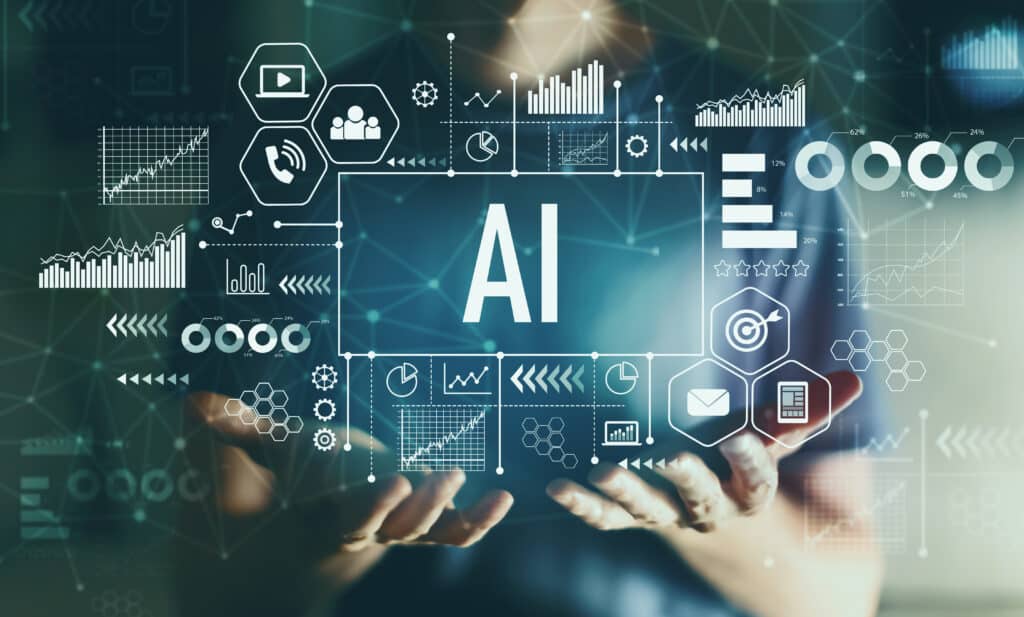By: Greg Eash, COO, equivant Corrections
Artificial Intelligence (AI) has the potential to significantly transform the operations, management, and rehabilitation processes within jails and correctional facilities. Its integration could enhance security, improve inmate management, and support rehabilitation efforts. Here are five ways a transparent AI program could be utilized in jails:
- Enhancing Security and Surveillance
AI-driven surveillance systems can provide a more robust and efficient way to monitor inmates and detect unusual behavior. These systems use machine learning algorithms to analyze video feeds in real-time, identifying fights, self-harm, or other suspicious activities more quickly than human guards can. For instance, AI can recognize sudden movements or body language indicative of aggression, allowing for rapid intervention and potentially preventing violent incidents.
- Automated Inmate Management
Managing the daily routines and movements of inmates can be complex. AI can streamline these processes through automated scheduling and tracking systems. AI algorithms can optimize meal distribution, medical appointments, and recreational activities, ensuring that resources are used efficiently and inmates’ needs are met timely. Additionally, predictive analytics can help forecast and mitigate potential problems, such as overcrowding or resource shortages.
- Predictive Analytics for Risk Assessment
AI can enhance risk assessment by analyzing historical data to predict which inmates are at higher risk of recidivism or violence. By evaluating factors such as criminal history, behavior in jail, and psychological assessments, AI can assist in developing personalized intervention programs. This proactive approach helps in identifying individuals who might benefit from specific counseling, education, or vocational training, thereby supporting their rehabilitation and reducing the likelihood of reoffending.
- Mental Health Monitoring and Support
Mental health issues are prevalent among the incarcerated population. AI can play a crucial role in monitoring and providing support for mental health. Natural language processing (NLP) algorithms can analyze communication patterns, both written and spoken, to identify signs of depression, anxiety, or other mental health concerns. AI-driven chatbots can offer 24/7 support to inmates, providing coping strategies, information, or a means of alerting mental health professionals when necessary.
- Rehabilitation and Educational Programs
AI-powered educational platforms can provide personalized learning experiences for inmates, tailored to their individual needs and learning styles. These platforms can offer a range of educational and vocational courses, enhancing inmates’ skills and employability post-release. Virtual reality (VR) and augmented reality (AR) can also be employed in training programs, providing immersive learning experiences that are both engaging and effective.
AI is coming to the corrections industry, and it is coming fast. It is important for early adopters to be aware of both the capabilities and the drawbacks of AI in the justice system. While these programs can help save time, we must also be stewards of the basic tenants of our justice system and ensure these programs are non-biased and accurate. If you have questions about how to use AI in your correctional facility or want to further the conversation, please reach out to our team.







